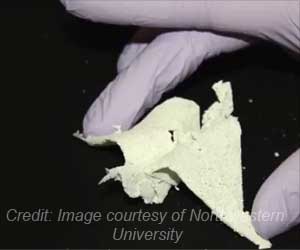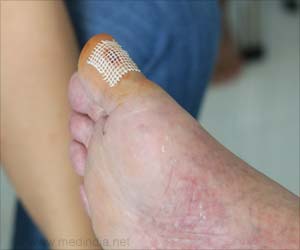Highlights
- Sea cucumbers form one class of the echinoderms that also includes sea urchins and star fish.
- Sea cucumbers have a unique genome structure that has the ability to regenerate damaged or lost body parts.
- Owing to this property, the sea cucumber is a particularly promising model animal for regenerative medicine.
Sea cucumbers form one class of the echinoderms, a phylum that also includes sea urchins and sea stars ("star fish"). Echinoderms and chordates (a closely related phylum that includes humans) share a feature that distinguishes them from most other animals: they are so-called deuterostomes, in which the anus, rather than the mouth, forms first in development.
Sea cucumbers are unique among echinoderms in not having a hardened calcium exoskeleton, and in their capacity to regenerate damaged or lost body parts and viscera to a much greater extent than sea urchins or sea stars.
Genetic Make up of Sea Cucumbers
To explore the genetic underpinnings of these features, and to better understand the evolution of the deuterostomes, the authors performed high-definition genomic sequencing of the sea cucumber Apostichopus japonicus (also known as the Japanese sea cucumber), covering about 92% of its estimated 880 megabases of DNA, including more than 30,000 genes.
By comparing the genome of A. japonicus with that of other organisms, the authors found evidence that the echinoderms diverged from hemichordates (a small group of marine deuterostomes that includes the acorn worms) about 533 million years ago and the sea cucumbers split off from other the echinoderm classes about 479 million years ago.
A second group of genes, called fibrinogen-related proteins, were also duplicated and highly expressed during regeneration, indicating they likely contribute to this ability as well.
"The sea cucumber is a particularly promising model animal for regenerative medicine," said Xiang, and the availability of its genome should aid efforts to study the biology of regeneration and determine if echinoderm regrowth can offer insights that can be applied to human medicine.
"Our findings should also facilitate the understanding of the requirements for sustainable utilization and effective breeding of echinoderms, in support of the high-value sea cucumber industry," which includes its use as a source of food and traditional Chinese medicine.
Reference
- Zhang X, Sun L, Yuan J, Sun Y, Gao Y, Zhang L, et al. The sea cucumber genome provides insights into morphological evolution and visceral regeneration, PLoS Biol (2017)https://doi.org/10.1371/journal.pbio.2003790.
Source-Medindia












